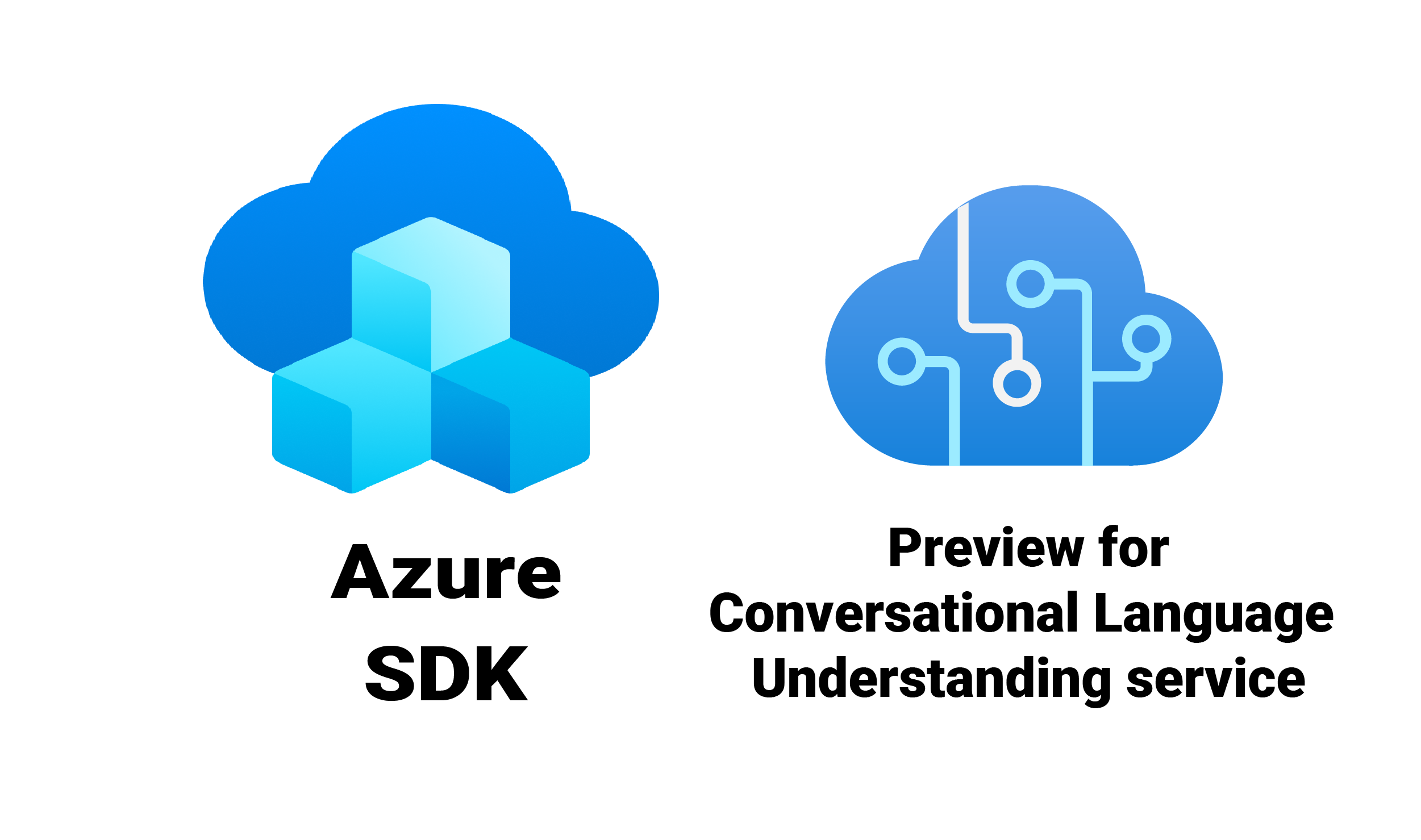Understanding Client Information: A Comprehensive Guide For Accurate Patient Management
Understanding client information is a crucial aspect of delivering personalized and effective healthcare services. However, gathering and managing client data can present challenges, leading to inaccurate medical records and suboptimal patient outcomes.
The right information in the wrong hands can have adverse effects on privacy and security. Inefficient data management can lead to medical errors, delayed diagnoses, and increased healthcare costs. Hence, understanding client information ethically and accurately is paramount.
Understanding client information is a comprehensive guide to collecting, securing, and utilizing client data responsibly and efficiently. It encompasses various aspects of patient care, including medical history, demographics, treatment plans, and billing information. Accurate client information promotes patient safety, streamlines communication between healthcare providers, and enables data-driven decision-making.

Understanding Supply Chain Management: A Comprehensive Guide – Source investment-360.com
Obtaining accurate client information during the initial patient encounter is essential for establishing a solid foundation for ongoing care. Skilled healthcare professionals employ active listening techniques, ask clarifying questions, and use standardized intake forms to gather comprehensive client data. Accurate and complete information ensures proper diagnosis, appropriate treatment plans, and effective communication among healthcare providers, reducing the risk of medical errors and misinterpretations.
Understanding Client Information: A Comprehensive Guide For Accurate Patient Management
Understanding client information is a multifaceted process that involves gathering, verifying, and maintaining accurate data to ensure optimal patient care. It encompasses a wide range of information, including medical history, demographics, lifestyle factors, and treatment plans. To achieve accuracy, healthcare providers must employ effective communication skills, utilize reliable sources, and implement robust data management systems.
Understanding client information is not limited to its literal meaning but encompasses a broader perspective of respecting patient confidentiality, privacy, and autonomy. It recognizes the importance of obtaining informed consent, adhering to ethical guidelines, and safeguarding sensitive information. By embracing these principles, healthcare professionals foster trust and build strong patient-provider relationships.
Comprehensive Planning | Idaho Falls, ID – Source www.idahofallsidaho.gov
A Glimpse into the Past and Unveiling the Myths
Historically, the significance of accurate client information has been recognized, but its implementation has faced challenges. One persistent myth is that gathering comprehensive client data is time-consuming and burdensome for both patients and providers. However, modern technology, such as electronic health records (EHRs), has streamlined the process, making it more efficient and less intrusive.
Another misconception is that understanding client information is solely the responsibility of healthcare providers. In reality, patients play an active role in providing accurate information and participating in shared decision-making. Empowerment through patient education and self-management tools is crucial for fostering collaboration and improving health outcomes.
Unveiling the Hidden Secrets of Accurate Client Information
The benefits of accurate client information extend far beyond individual patient care. It contributes to a comprehensive understanding of population health trends, enabling healthcare professionals and policymakers to make informed decisions about resource allocation, disease prevention, and public health initiatives.
Furthermore, accurate client information is essential for medical research and clinical trials. It provides researchers with reliable data to evaluate the effectiveness of new treatments, identify risk factors, and develop personalized medicine approaches.

Healthcare Pharma Cold Chain Logistics Market Report – New Gen Svc – Source newgenexpress.com.sg
Harnessing the Power of Understanding Client Information
There are numerous strategies to enhance understanding of client information. Healthcare providers can utilize standardized data collection tools, such as intake forms and questionnaires, to ensure consistency and completeness of the information gathered.
Regular review and updating of client information is essential to maintain its accuracy. This includes verifying patient demographics, insurance coverage, and medical history during each visit. Empowering patients to access and manage their own health information through online portals can also contribute to the accuracy of client data.
Understanding Client Information: A Detailed Exploration
Understanding client information involves more than just collecting data; it encompasses a deeper understanding of the patient’s perspective, values, and lifestyle. Active listening, empathy, and cultural sensitivity are essential for building rapport and establishing a therapeutic alliance.
Healthcare providers must be mindful of the potential biases and assumptions that may influence their interpretation of client information. Unconscious biases can lead to misinterpretations and affect the quality of care provided.

Manage Customer Needs and Wants | AnswerFirst – Source answerfirst.com
Tips for Accurate Understanding of Client Information
Effective communication is paramount for obtaining accurate client information. Healthcare providers should use clear and concise language, avoid jargon, and encourage patients to ask questions. Visual aids, such as diagrams and charts, can also enhance understanding.
Documentation is an integral part of understanding client information. Accurate and timely documentation ensures the continuity of care and reduces the risk of errors. Healthcare providers should adhere to established documentation standards and use standardized terminology to ensure consistency and clarity.
Fun Facts about Understanding Client Information
Patient confidentiality is of utmost importance when handling client information. Healthcare providers are legally and ethically bound to protect patient privacy and maintain the confidentiality of their medical records.
Technology has revolutionized the way client information is collected, stored, and shared. Electronic health records (EHRs) have improved accessibility, accuracy, and efficiency in managing client data.

A Comprehensive Guide to Music Therapy (eBook) | Music therapy, Music – Source www.pinterest.com
Understanding Client Information: How to Get Started
Understanding client information is an ongoing process that requires a collaborative effort between healthcare providers and patients. Healthcare providers can initiate the process by creating a welcoming and comfortable environment where patients feel respected and empowered.
Encouraging patients to be actively involved in their care and providing them with educational resources can enhance their understanding of their health condition and treatment options.
What Ifs about Understanding Client Information
What if client information is inaccurate or incomplete? Inaccurate or incomplete client information can have significant consequences for patient safety and treatment outcomes. It can lead to misdiagnosis, inappropriate treatment plans, and adverse drug reactions.
To mitigate these risks, healthcare providers must implement robust data quality measures, such as data validation and regular audits, to ensure the accuracy and completeness of client information.

Introducing the next generation of the Conversational Language – Source devblogs.microsoft.com
Listicle: Understanding Client Information
- Accurate client information is crucial for safe and effective patient care.
- Understanding client information involves gathering, verifying, and maintaining accurate data.
- Healthcare providers must employ effective communication skills and utilize reliable sources to obtain accurate client information.
- Patients play an active role in providing accurate information and participating in shared decision-making.
- Technology has revolutionized the way client information is collected, stored, and shared.
Questions and Answers about Understanding Client Information
What are the key components of accurate client information?
Accurate client information includes medical history, demographics, lifestyle factors, and treatment plans.
How can healthcare providers ensure the accuracy of client information?
Healthcare providers can employ active listening techniques, utilize standardized intake forms, and implement robust data management systems.
What are the ethical considerations in understanding client information?
Healthcare providers must respect patient confidentiality, privacy, and autonomy, and obtain informed consent before using client information.
Conclusion of Understanding Client Information: A Comprehensive Guide For Accurate Patient Management
Understanding client information is not merely a collection of data but a continuous process that involves building trusting patient-provider relationships, utilizing technology effectively, and adhering to ethical principles. Accurate client information is the foundation of safe, efficient, and patient-centered healthcare.
By embracing the principles outlined in this comprehensive guide, healthcare professionals can enhance their understanding of client information, improve patient outcomes, and contribute to the advancement of healthcare.




